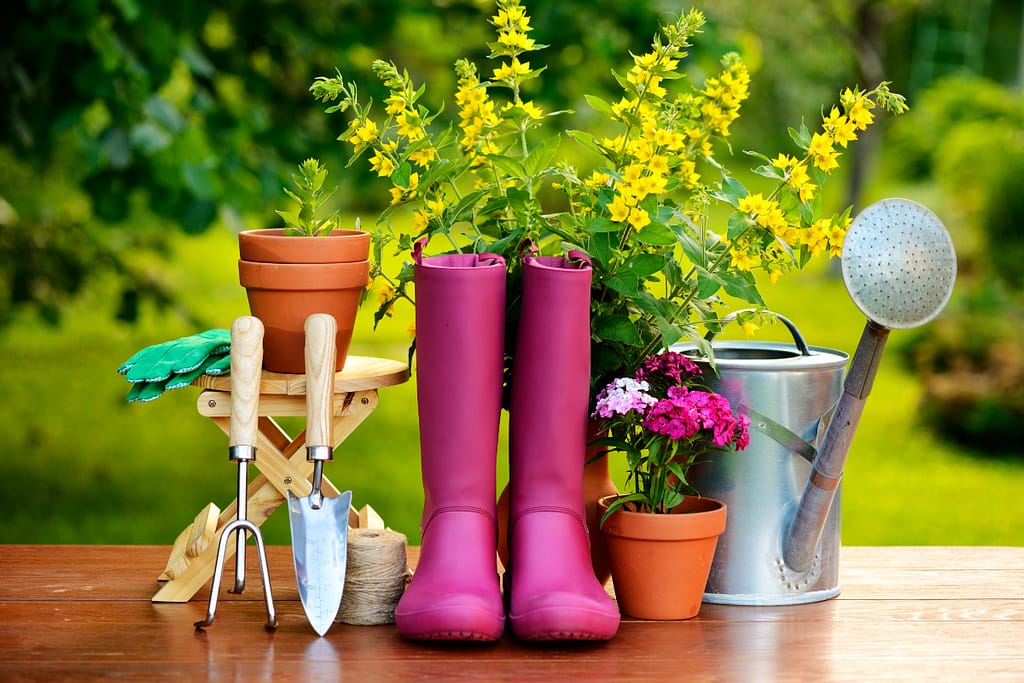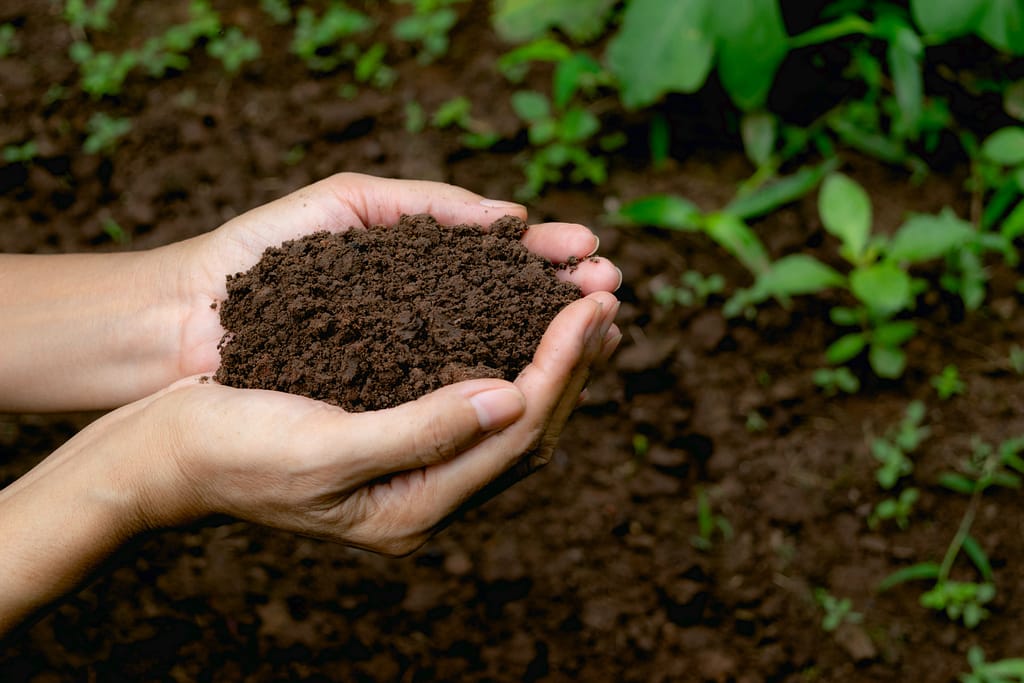
We’re still in wet and chilly February, but time is a sneaky thing — especially during the novel coronavirus pandemic — and soon we’ll be in the increasingly warm weather of March, April and May when people will plant tomatoes, peppers, eggplants, corn and other crops.
However, late winter is the time to map out your garden, start spring seeds and make sure the soil is rich and full of nutrients for your seedlings when it’s time to put them in the ground.
Here’s what you should know before you grow.
Preparing the soil

There are lots of ways to grow spring crops, including in pots, in planters and, of course, in the ground. However, before you start digging straight into the backyard, do a little research about your property to make sure there isn’t lead or other harmful chemicals in the dirt.
Craig Walters, director of AGRIscapes, an agricultural outreach and education center for Cal Poly Pomona, said not all in-the-ground soils are optimal for gardening, either. He said throughout Southern California soil types will vary tremendously. Some soils may be claylike or they may be compacted (dense) and that makes it hard to grow plants.
“You can tell this just visually after it rains,” Walters said. “If water sits in your yard in puddles and doesn’t drain for a long time, or days even, there’s a good chance that that soil is either heavily compacted or a clay soil type.”
One of Walters’ suggested remedies? Try raised beds instead, which can be purchased online or at big box hardware stores.
“Raised beds are very easy to do, they’re visually nice and they’re easier to maintain,” Walters said.
The containers can be filled with the appropriate soil type and compost to create an ideal environment for plants to grow and because they’re up off the ground, they’re easier to access and maintain, he said.
Any potting mix that says it is for vegetables or raised beds or outdoor containers will work for spring and summer crops, but avoid ones labeled for trees, shrubs, roses or lawns, said Aaron F. Fox, an assistant professor of urban and community agriculture at Cal Poly Pomona’s Huntley College of Agriculture.
Keep in mind that the challenges with in-ground growing will be greater, Fox said.
“It’s going to be a lot more work, a lot more amendment and also a lot more considerations than if you’re getting a planter box or a container and you’re filling it with garden soil,” he said.
But if you really want to grow straight in the ground, it can be done.
Common issues with backyard soil such as compaction issues or a lack of organic material can be remedied by digging in the soil and adding something like a compost that’s going to make the soil better, Fox said. He recommended using a tool such as a rototiller to really break the soil up.
However, even planter boxes need a yearly refresh.
Carrie-Ann Parker, owner of nursery stock grower Rolling Hills Herbs and Heirloom Annuals in Redlands, said now is a great time to amend the soil both in planter boxes and in the ground with additional things that will enrich it because it will give gardeners ample time to get the materials worked in before the arrival of spring.
She recommended a process of adding cardboard and layering it with fallen leaves or old potting soil and letting it all break down. Over that mixture, gardeners can plant a cover crop such as clover. The cardboard will eventually break down and become part of the soil mixture, attracting worms, Parker said. She said that the clover growing over top of the mixture will not only add nitrogen but will also help keep the mixture held down during rain that might otherwise wash some of it out of the planter box.
Making a plan

For vegetable gardens, the plants will need a lot of sun (usually between 6-8 hours), so carving out a garden space in a where there is optimal light is important.
Some plants grow better together, but not all plants are good neighbors, and planning the location of plants is important.
For example, tomatoes will benefit from having certain herbs and flowers planted around them to block out bugs (think marigolds and basil), but other plants, such as mature dill and kohlrabi can stunt tomato growth when planted nearby.
The “Three Sisters” method of planting that originated with Native Americans involves growing corn, beans and squash together. The corn provides something for the bean plants to climb; the beans add nitrogen to the ground; and the squash provides shade and prevents weeds from growing as it spreads out along the garden.
There are a number of apps and websites that can help with garden planning, including the Old Farmer’s Almanac.
Starting the seeds

Seed packets also offer helpful information; they’ll tell you when the typical growing season is for a plant and when it’s best to plant the seeds, Walters said.
However, there is a caveat — seeds can be started indoors up to four weeks early.
“So if you know you want to be putting out certain vegetables in April, well go ahead and start them the first of March, so by the time April rolls around they’ll be already set up and you’ll be a month ahead of what most of your neighbors are,” Walters said.
However, Southern California is warmer than other parts of the country and that means some crops can be grown a month earlier if not more, Fox said.
In Southern California, cool season crops (think broccoli, kale and cabbage) can be grown until the end of March or even early April before gardeners transition into warm season crops around mid-April, but the transplants from seed can be put outside as early as March.
“Tomatoes and peppers and things like that there are people who are starting those transplants right now,” Fox said.
Garden planning tools

Want to diagram your garden out ahead of time? There are plenty of online tools that can help. Here are a few of them:
The Old Farmer’s Almanac Garden Planner: This online tool lets you put in the dimensions of your garden and design it with the crops you want. It also recommends complementary crops that grow well together. This tool is free to design one garden but then has a paid recurring subscription of $29 each year to do more. gardenplanner.almanac.com.
Gardener’s Supply Company “Kitchen Garden Planner”: This free planner lets you put together blueprints for a a garden based on square-foot gardening techniques instead of rows. gardeners.com.
GrowVeg.com Garden Planner App: This application, which has versions for PC and Mac as well as Android and iPhone, lets users create garden plans with plants, shapes and text and gives detailed growing guides for more than 250 crops among its features. It costs $29 a year. growveg.com.
Courtesy of The OCR


